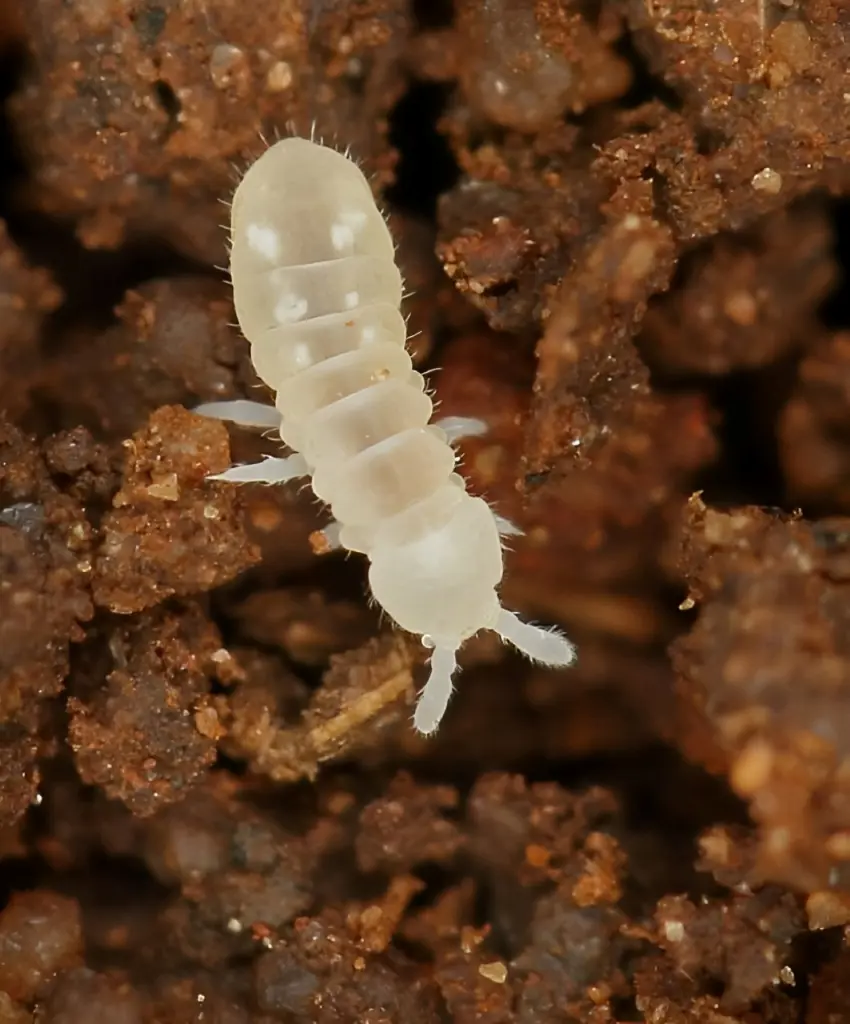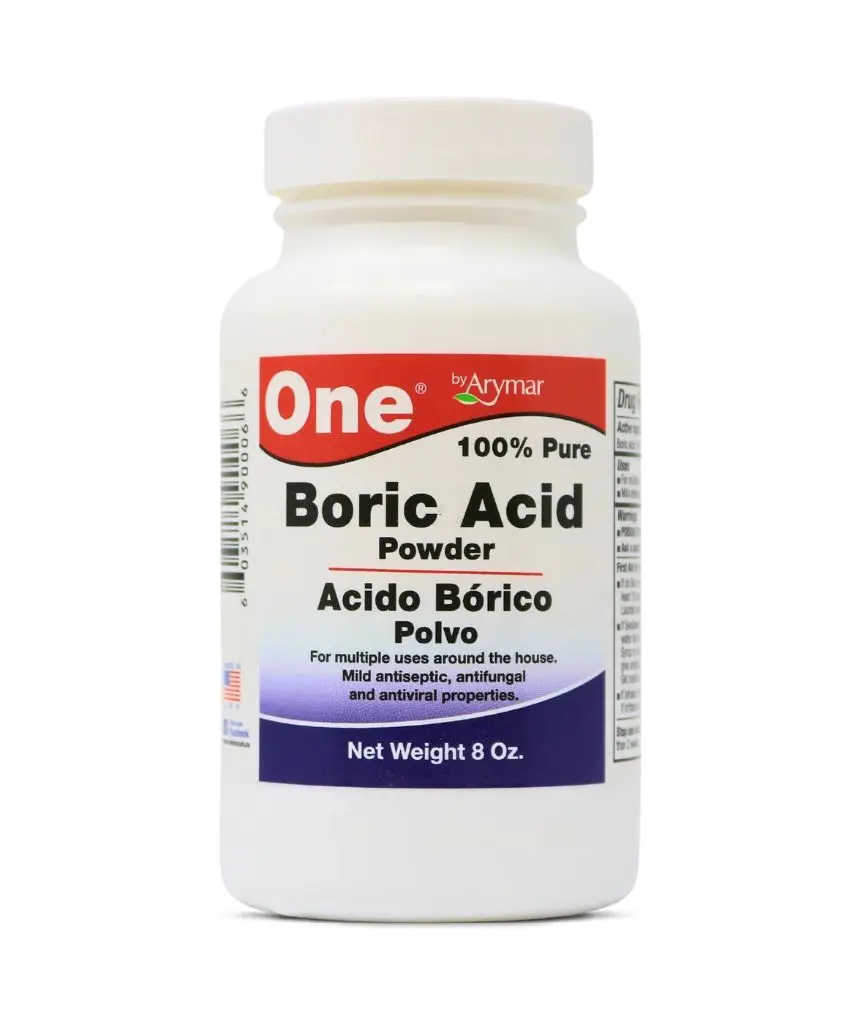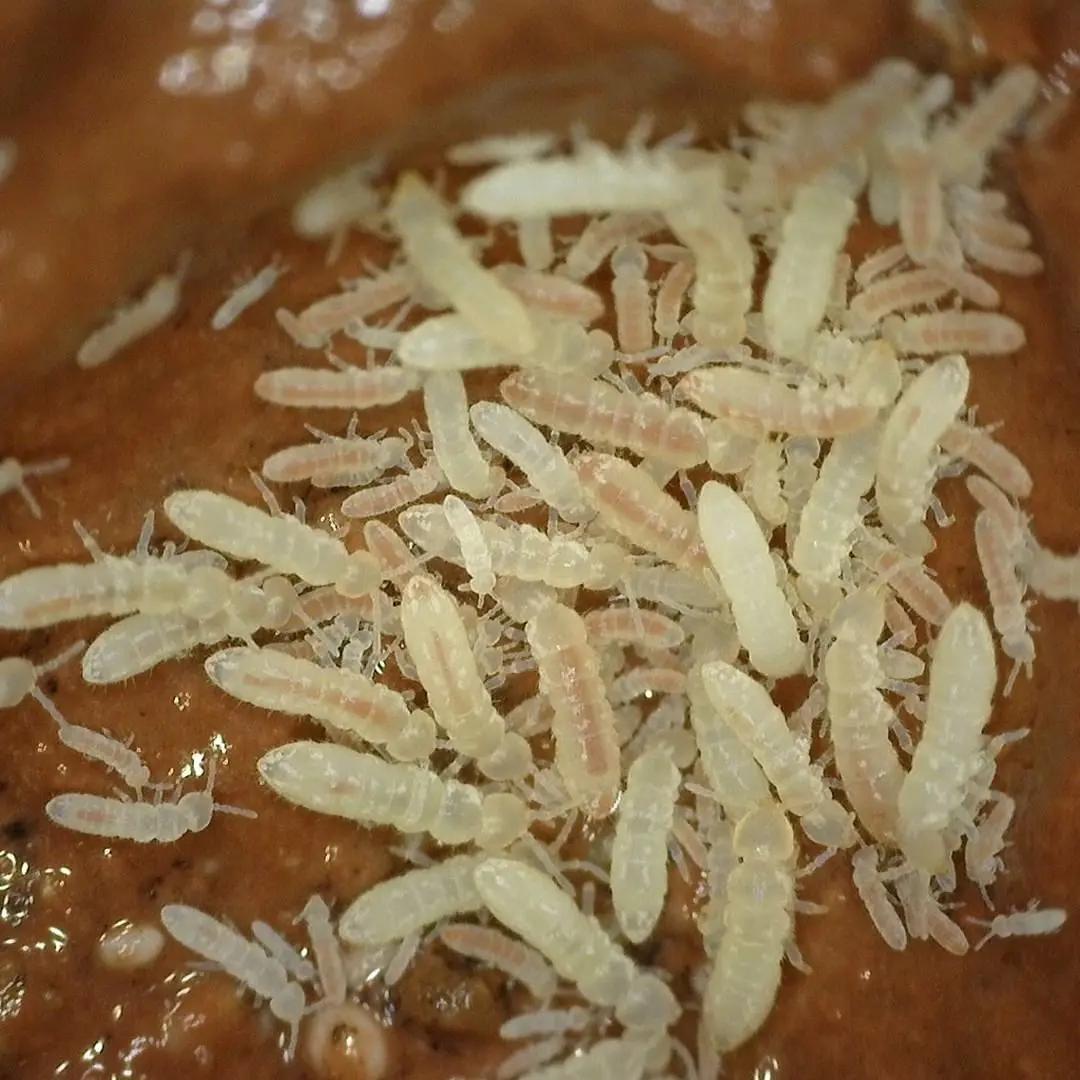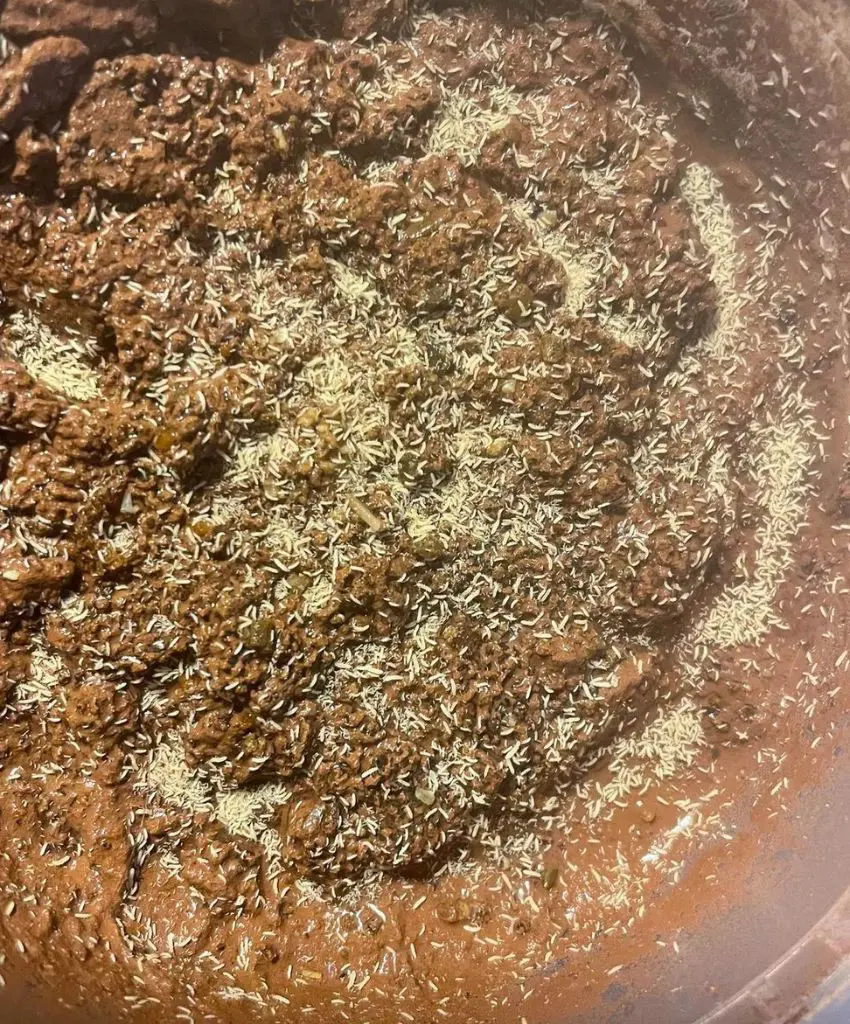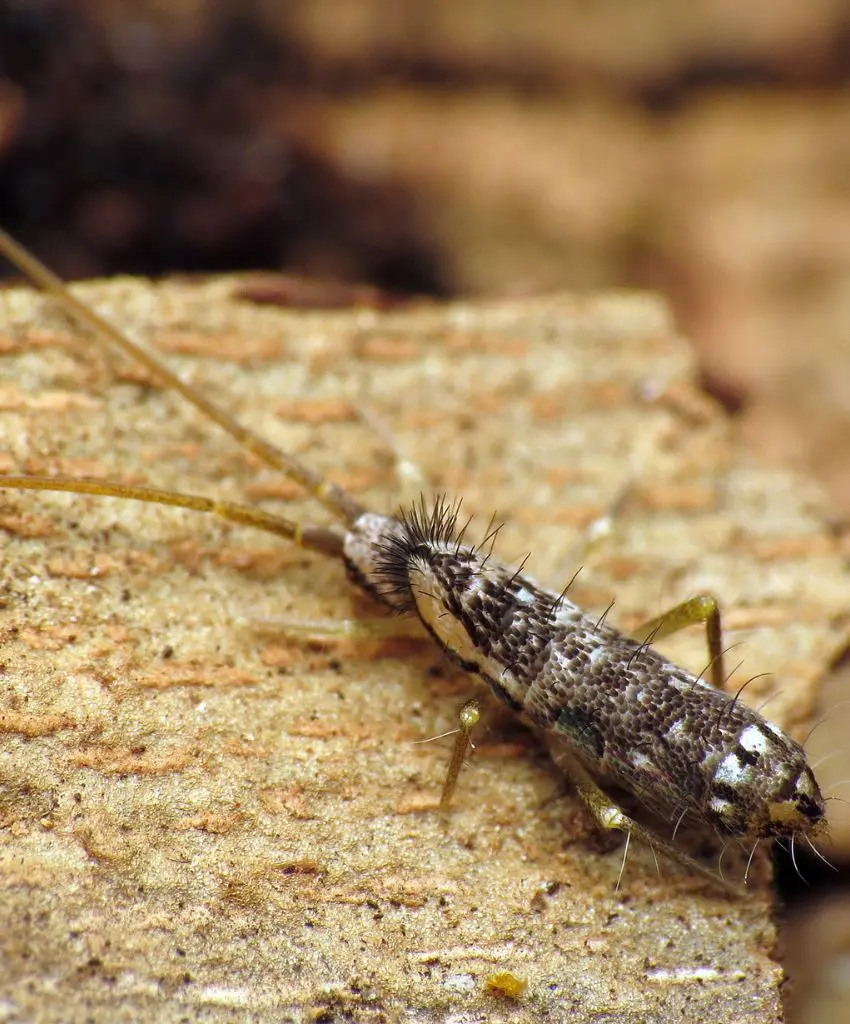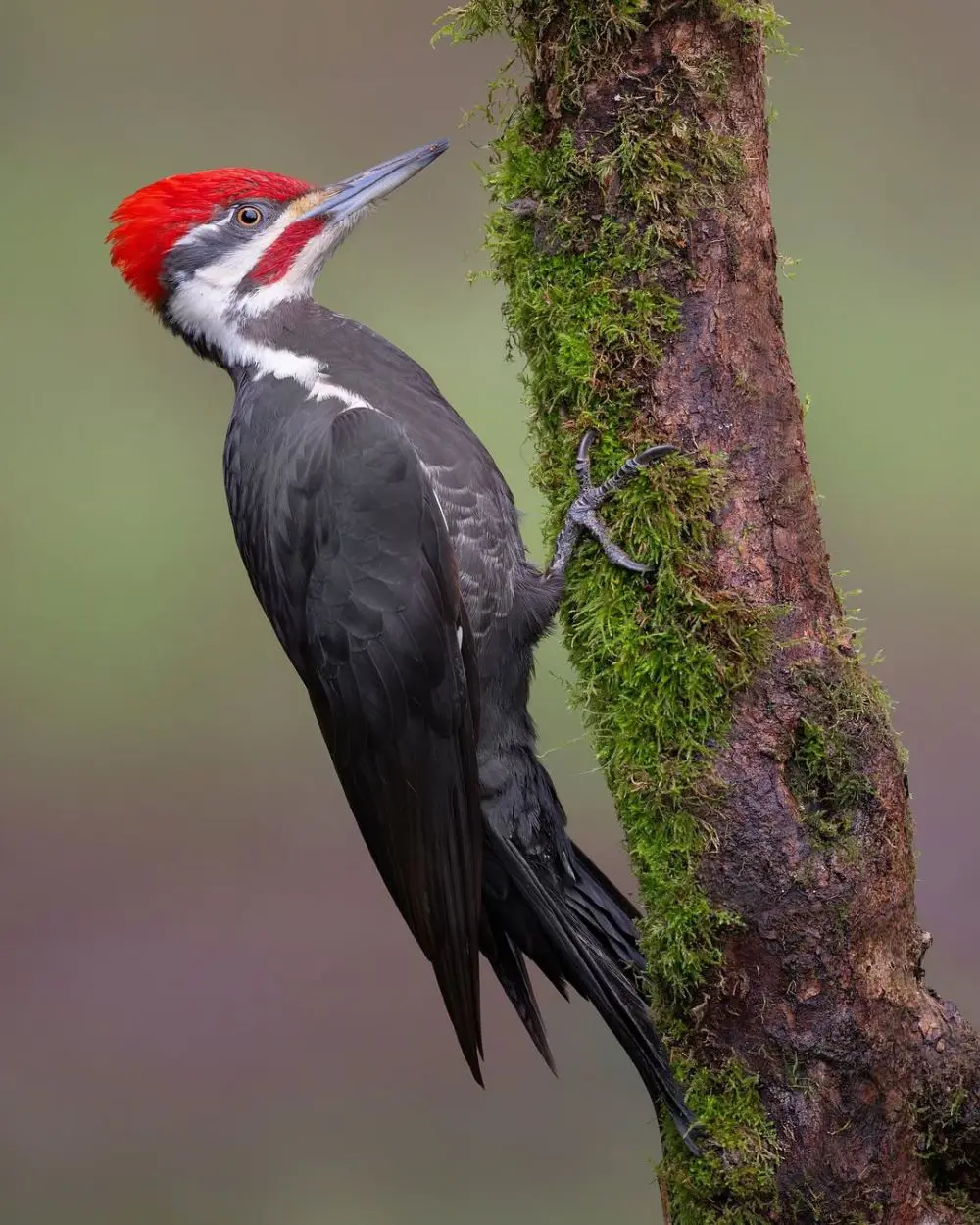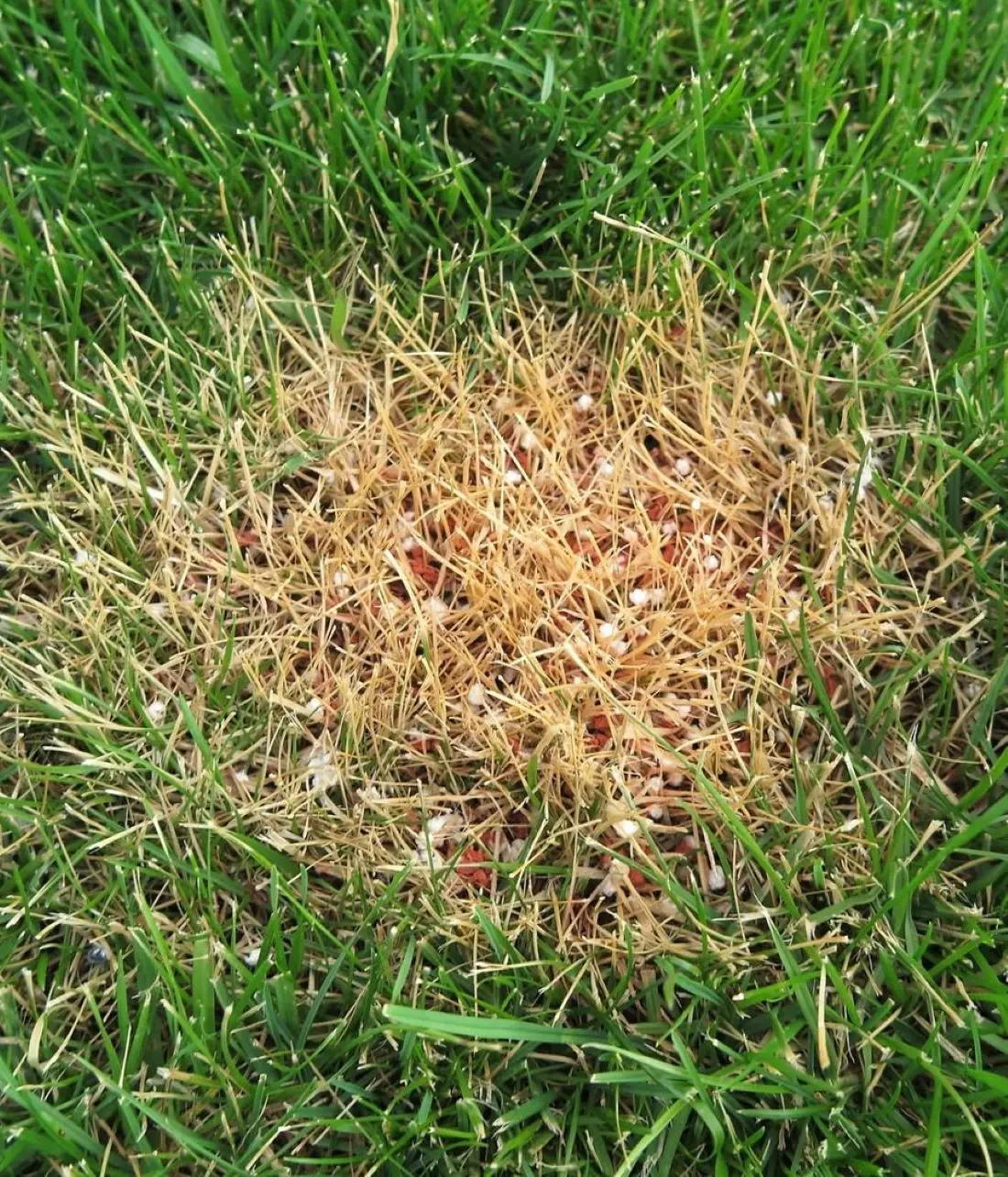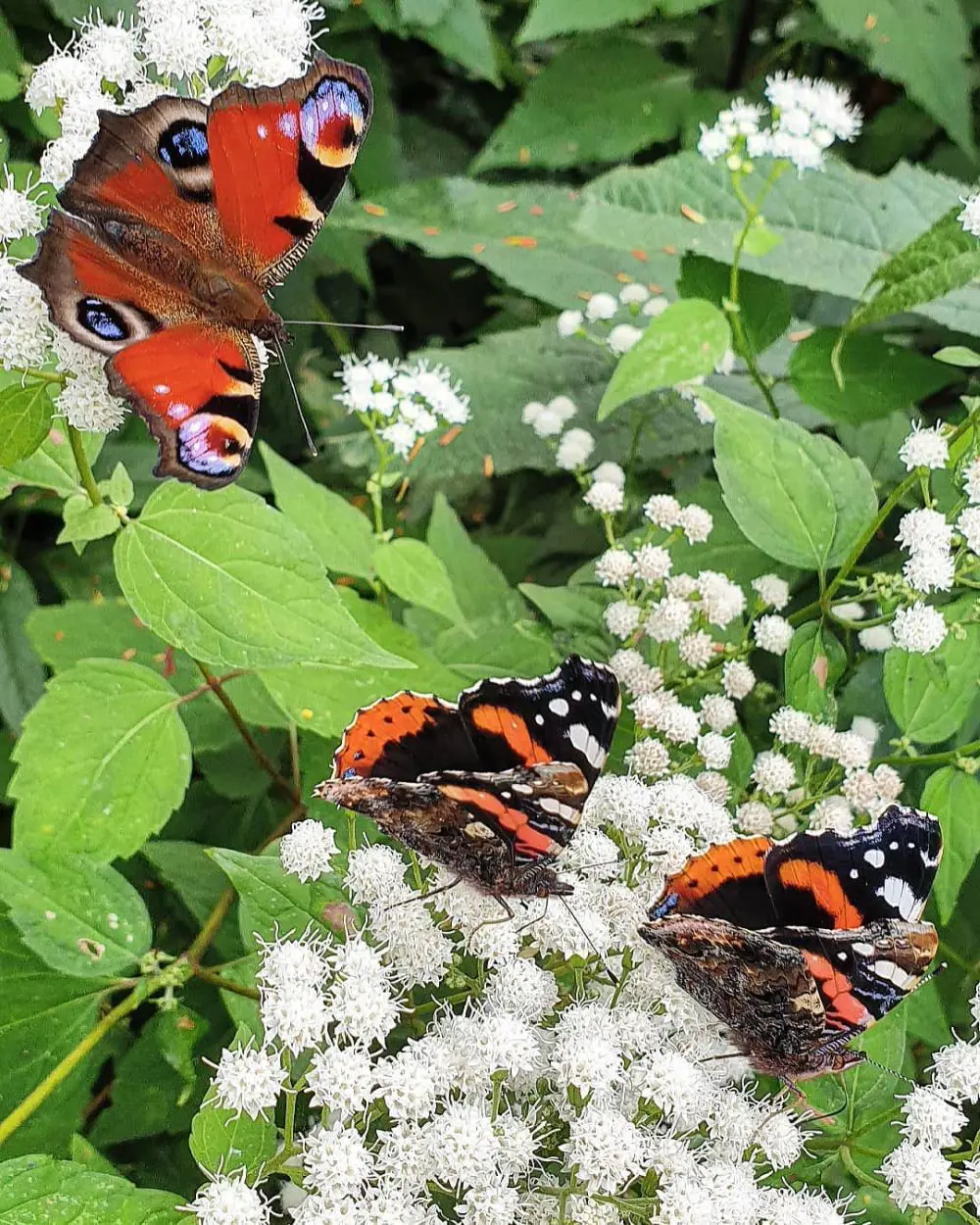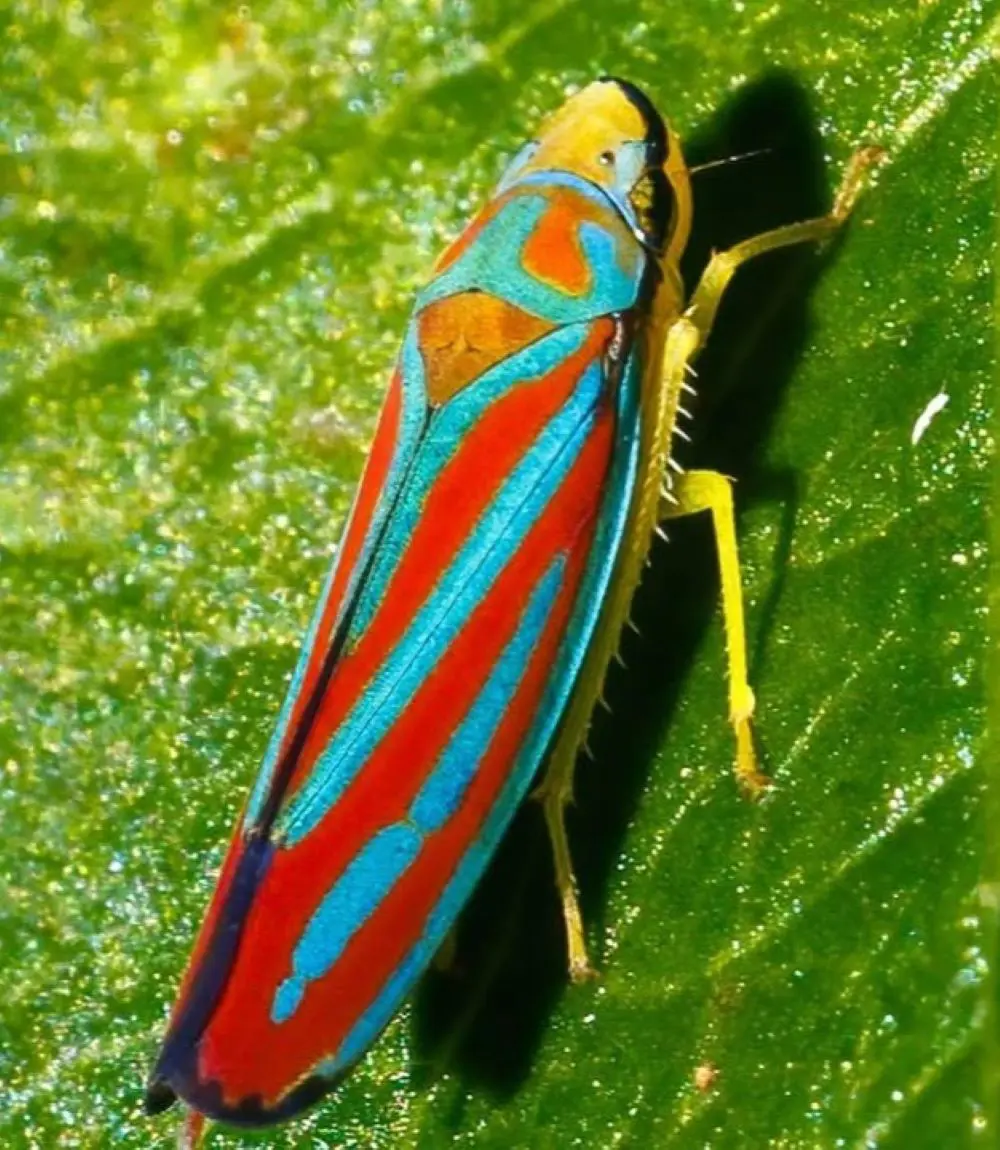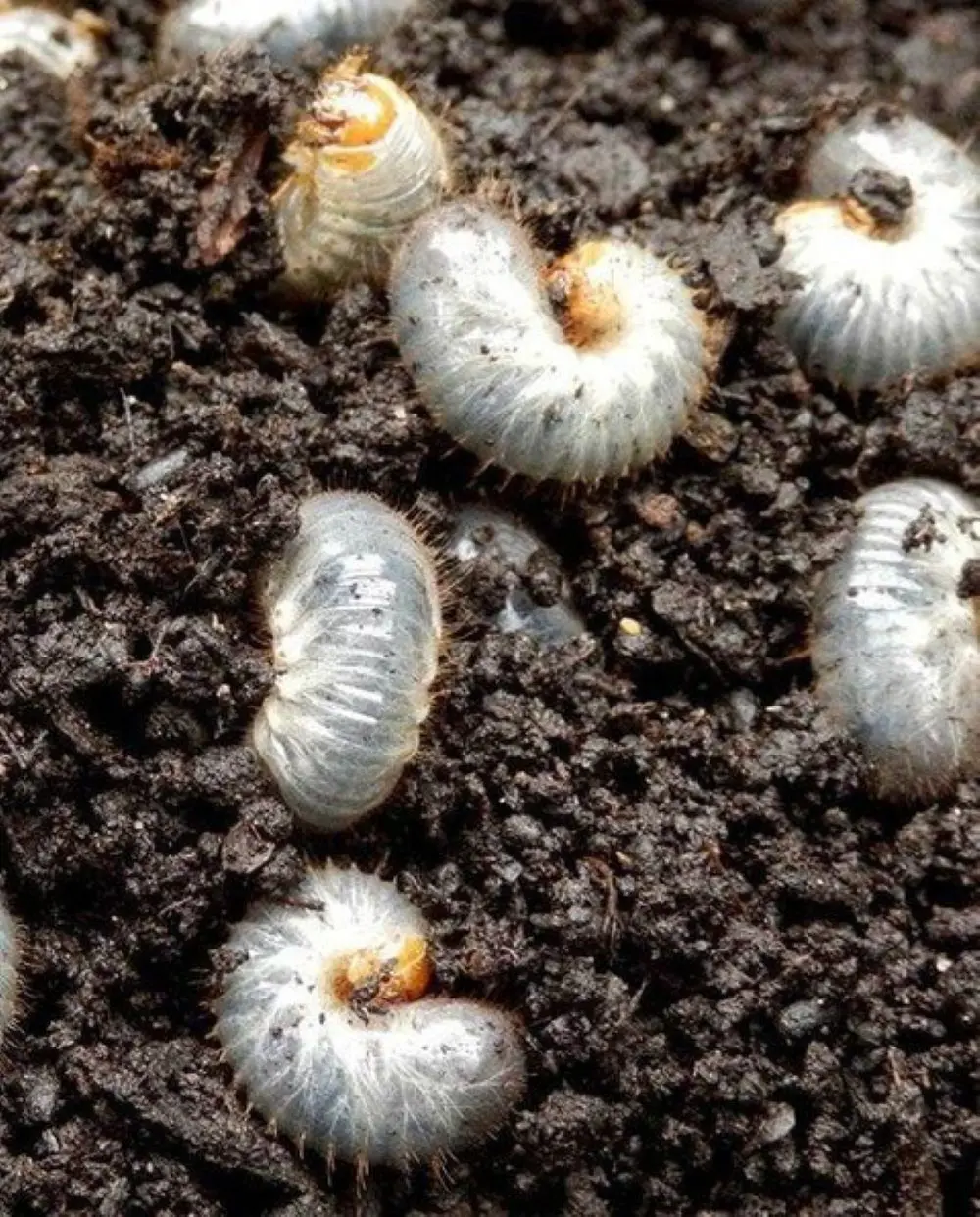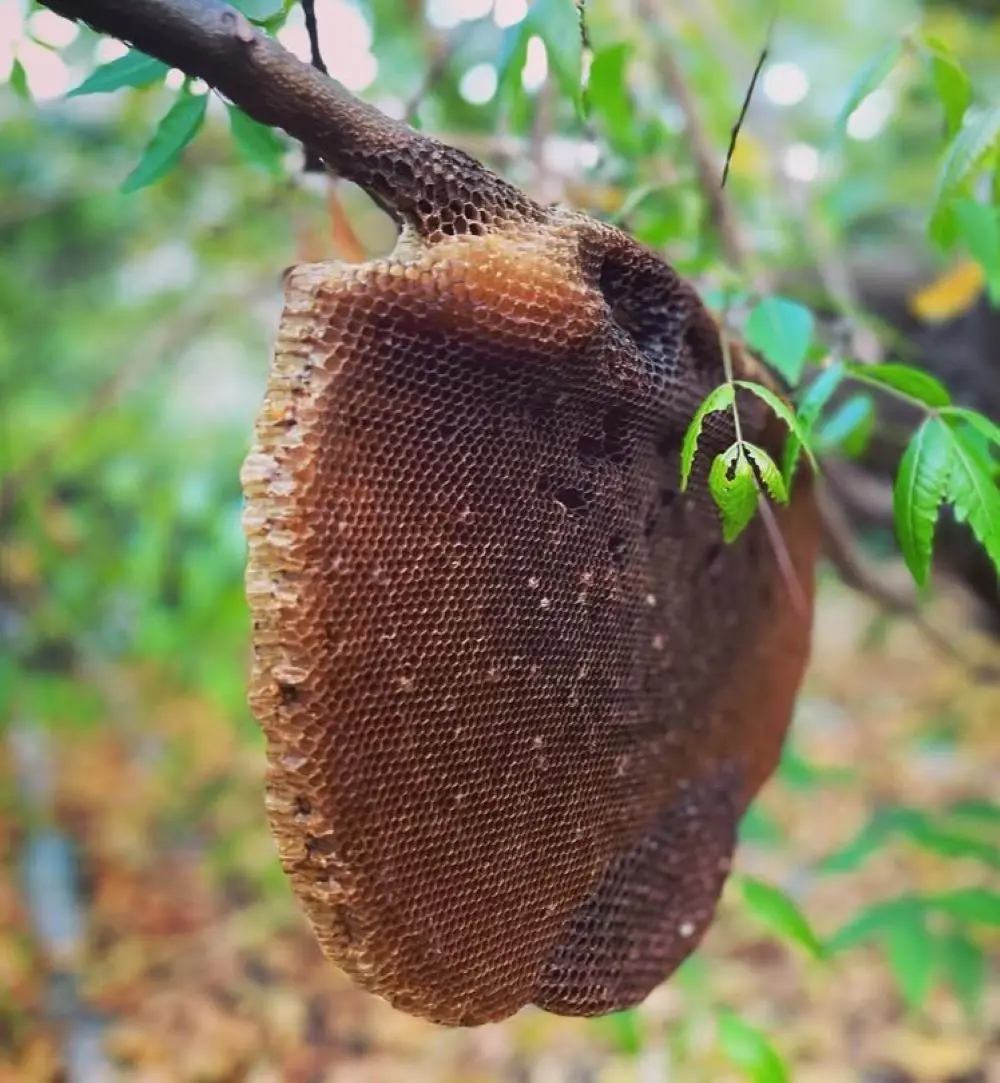How To Get Rid of Springtails Naturally
Although springtails possess less harm, too much of it can create havoc in the house just by their presence. So, if you are wondering how to get rid of springtail insects naturally, follow the steps below.
1. Reduce Moisture
Springtails are usually attracted to damp areas, so moisture control should be addressed. Mend cracks, provide adequate ventilation for spaces, and install dehumidifiers where necessary.
Thus, when you ensure that your home is dry you are making the environment less suitable for the presence of springtails. It is wise to check for any signs of dampness and attend to them frequently, especially in the basements, bathrooms, and near the windows where these insects may easily establish an indoor colony.
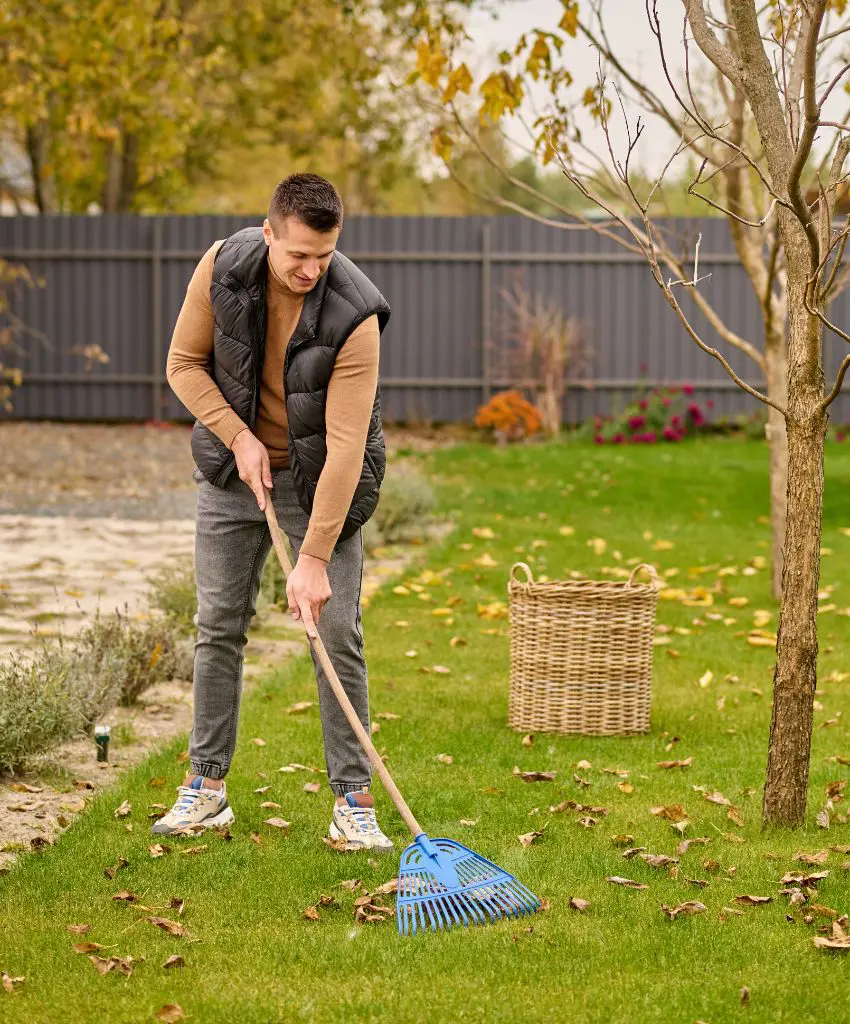
2. Clean Up Debris
Leaves, wood, and soil are some examples of organic substrates where springtails can be found. To minimize their breeding grounds, frequently take out these materials from your home and garden environment.
It is therefore important to ensure that your environment is clean and free from such substances in a bid to reduce the presence of these springtails. Furthermore, remove any organic matter from garden beds and compost piles to avoid breeding sites and colonies of springtails.
3. Dry Out Soil
In the case of the springtails in potted plants, it is wise to let the soil dry before the next watering process. Springtails can be easily found in soils that are too wet because the moisture helps the bugs grow. Allow the top inch of soil to dry before you water your plants again.
This practice alters the habitat, making it unfavorable for the springtails and preventing them from proliferating in your indoor or outdoor potted plants.
4. Use Diatomaceous Earth
The natural insecticide diatomaceous earth can be used to control springtails that are most active during the spring. Spread food-grade diatomaceous earth where ever you have a sign of springtails’ activity.
This fine powder effectively dries out and kills insects on contact. It is safe for use because it does not pose any toxicity to pets or humans yet it is effective for springtails control. Applying it around entry points and areas with high infestation can assist in the control and reduction of springtails.
5. Create a Barrier
A layer of diatomaceous earth or other natural repellents can be placed around the affected points to keep springtails out of the house. Provide a zone of protection in the form of barriers around the door, windows, or any other possible points of entry.
This barrier will prevent springtails and other pests from entering your living spaces and breeding, and ultimately reduce instances of infestations in the future.
6. Vinegar Solution
One natural repellent for springtails can be made from an equal portion of water and white vinegar. Apply this solution on the affected areas like the floor, baseboard, or corner.
Due to its acidic nature, vinegar interferes with the springtail environment, and at the same time, it acts as a repellent. This method is safe for indoor use and can effectively be combined with other measures to control and minimize the problem of springtails.
7. Essential Oils
Tea tree, peppermint, and lavender are suitable for repelling springtails since they are natural extracts. Spray the solution on areas that are active with springtails by diluting a few drops in water.
These oils have distinct odours and these repel springtails by altering their activities and driving them out of the area. This method is also safe and has very little smell, which makes it ideal for indoor use.
8. Inspect and Clean
To control springtails, the focus should be paid to the areas that become damp and should be inspected and cleaned regularly. Mold, mildew, and dampness especially in areas such as the bathroom, the basement, and other damp areas should be inspected.
Sanitize these areas and fix leaks if there are any. Thus, one should avoid creating conditions that are favorable to the presence of springtails and their breeding in areas where they can thrive.
9. Use Sand
Another way to deal with springtails is putting sand around plants in the garden. Sand reduces the water content of the soil and hence the environment is less suitable for supporting springtails.
Sprinkle a thin layer of sand around the plant base to try and disorient them and thus control their numbers. This method is most suitable for outdoor gardens and ensures that the conditions for springtails are less favorable.
10. Natural Predators
Applying natural enemies like predatory beetles or nematodes is effective in managing the springtail pest in your garden. These helpful insects consume springtails and are effective in controlling their populations organically.
Some of these predators can be added to your environment to help with controlling springtails naturally without having to use chemicals. This method enhances the general health of the garden as well as the management of pests.
